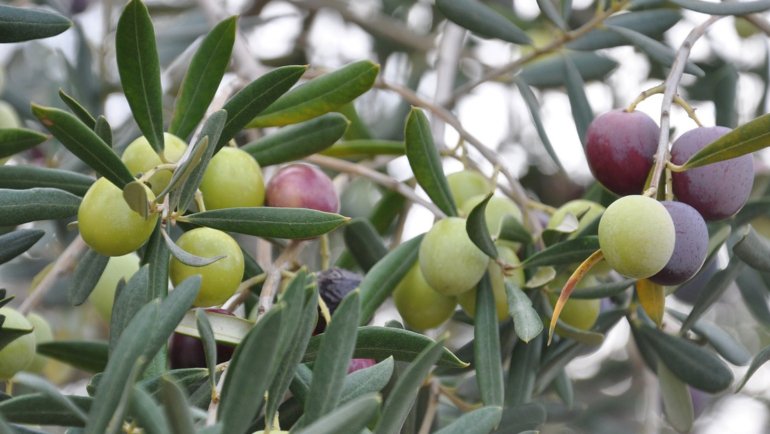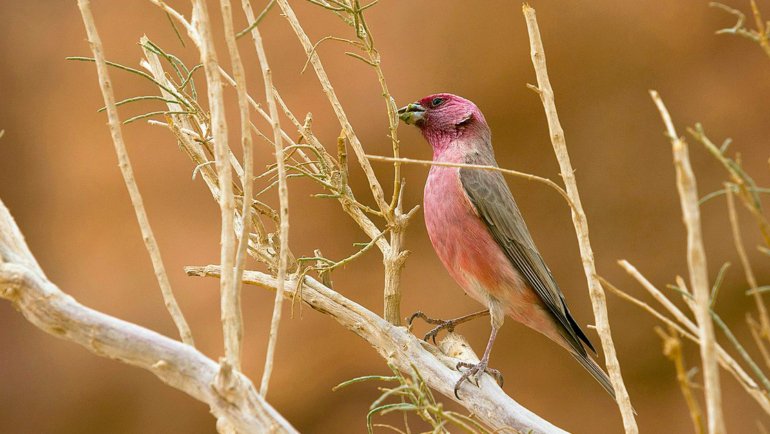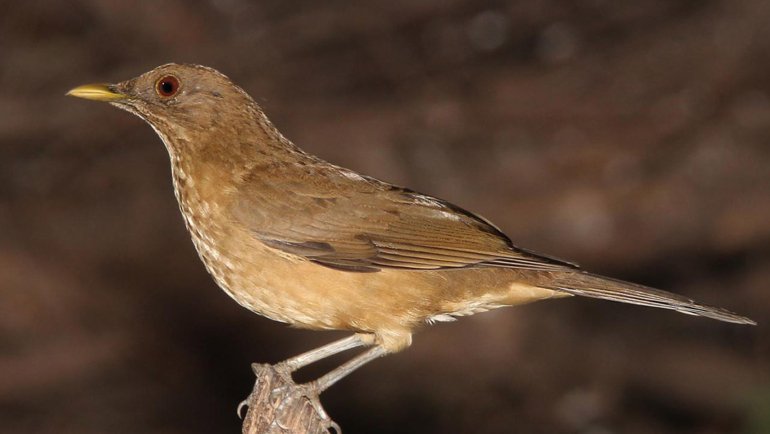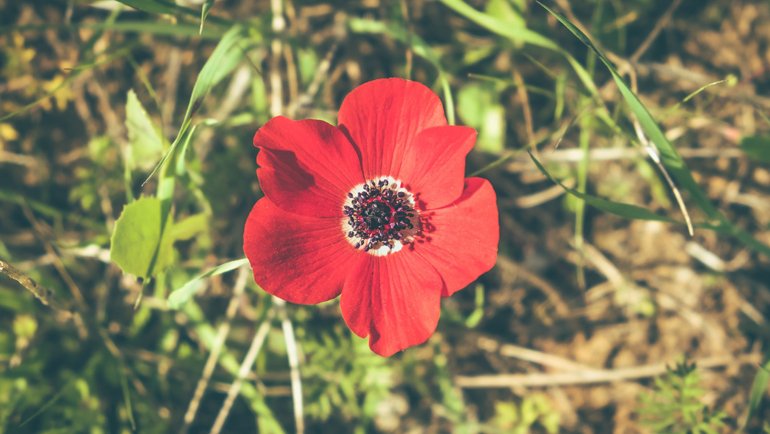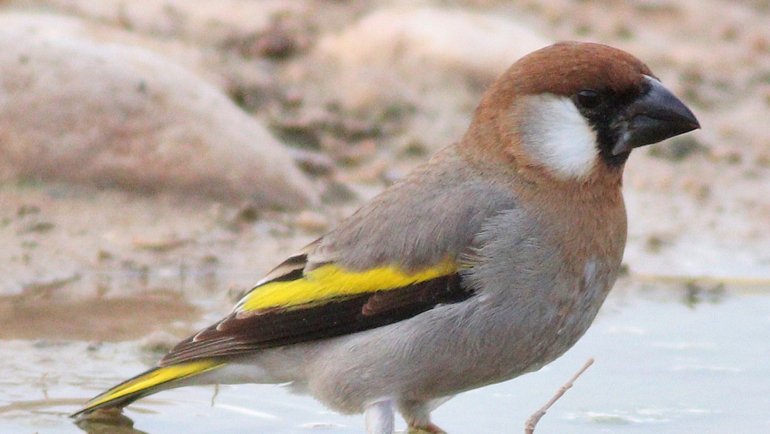Brazil, the largest country in South America, is known for its dazzling culture, football prowess, and magnificent natural beauty. It houses the Amazon rainforest, the largest rainforest in the world, teeming with diverse flora and fauna.
Amidst this botanical abundance, the Golden Trumpet Tree (Handroanthus albus), stands out as the national flower. Its spectacular display of radiant yellow flowers serves as a beautiful emblem of Brazil’s vibrant spirit.
Description of The Golden Trumpet
The Golden Trumpet Tree belongs to the Bignoniaceae family and is scientifically known as Handroanthus albus. This deciduous tree can grow up to 10 to 20 meters in height and is renowned for its stunning yellow blooms that give it its name.
These flowers, approximately 8 cm in diameter, have a flared bell shape resembling a trumpet. The tree usually blooms between July and September, although the timing can vary depending on the climate.
The tree sheds its leaves during the dry winter months, making way for an explosion of vibrant yellow flowers. Each bloom contains five petals, giving it a star-shaped appearance when viewed from above.
The trunk of the Golden Trumpet tree is of additional interest due to its cork-like texture, which offers a striking contrast to the spectacular flower display. Its leaves are compound, typically with five to seven leaflets arranged in pairs along the stem, and one at the tip.
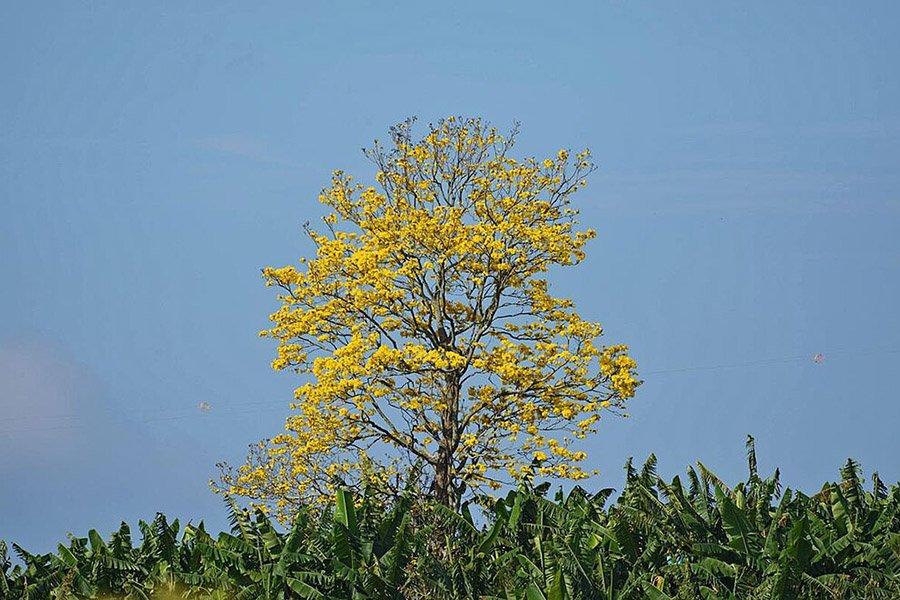
Where Does The Golden Trumpet Grow?
The Golden Trumpet Tree, native to Brazil, flourishes in the tropical and subtropical regions of the country. This tree thrives in well-drained, sandy soil and enjoys full sun. The regions of Minas Gerais and Goiás, situated in the Brazilian Central Plateau, are especially known for their widespread presence of Golden Trumpet Trees.
In its natural habitat, the tree is adapted to a climate with a pronounced dry season, during which it sheds its leaves and bursts into a spectacular bloom, once the rainy season begins. While originally found in Brazil, the tree’s stunning beauty has led to its cultivation in various parts of the world, particularly in regions with a similar tropical or subtropical climate.
The Golden Trumpet in The Ecosystem
The Golden Trumpet Tree plays a vital role in its ecosystem. Its vibrant flowers are a significant source of nectar for a variety of pollinators, including bees and butterflies. This interaction not only aids in the tree’s reproduction but also supports local biodiversity by providing food for these species.
The tree’s seeds are also food for numerous bird species, contributing to the dispersal of the tree across its habitat. Its leaves, when shed, decompose into the soil, enriching it with organic matter and contributing to a nutrient cycle that supports other plants and microorganisms.
Moreover, the Golden Trumpet’s deciduous nature, shedding leaves during the dry season, helps it conserve water, playing an essential role in the sustainability of its ecosystem. This adaptability to dry conditions makes the tree a crucial component of the flora in areas prone to seasonal drought.
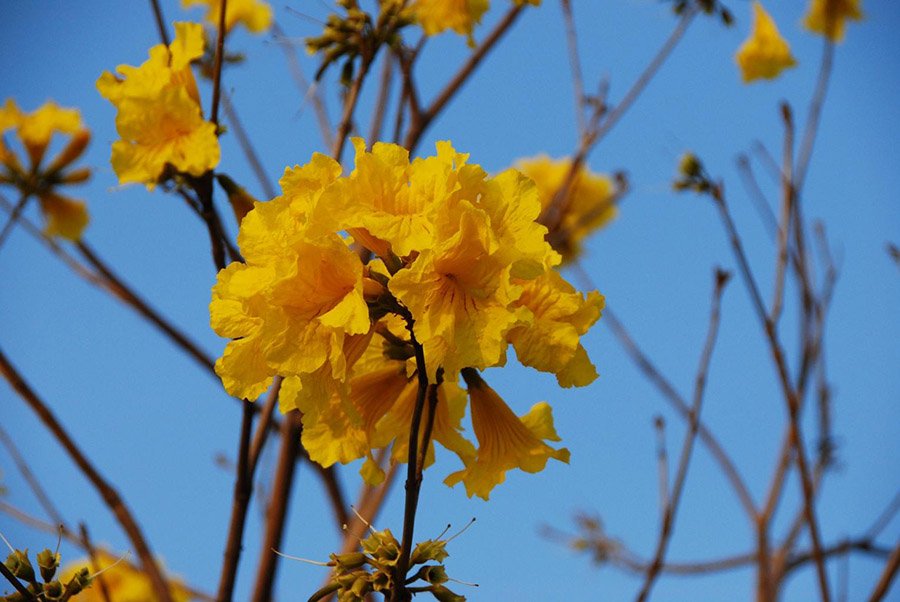
Symbolism and Meaning: Why and When Did The Golden Trumpet Become the National Flower of Brazil?
While the exact date when the Golden Trumpet became the national flower of Brazil is not well-documented, its significance and symbolic representation in the country’s culture is undeniable.
Known locally as “Ipe Amarelo,” the Golden Trumpet symbolizes the resilience and strength of the Brazilian people. It is blooming at the end of the dry season and stands as a testament to the idea that beauty can emerge from hardship, a sentiment that resonates deeply with Brazilians.
Moreover, the timing of the tree’s bloom, which typically aligns with Brazil’s Independence Day on September 7, is another reason why the Golden Trumpet Tree is seen as a national emblem. Its vibrant yellow flowers fill the landscape, mirroring the yellow in the Brazilian flag and serving as a visual celebration of the country’s independence.
Names of The Golden Trumpet
The Golden Trumpet Tree is known by several names, which often vary by region. Its scientific name is Handroanthus albus, though it was previously classified as Tabebuia alba and Tabebuia chrysotricha.
In Brazil, it is widely known as “Ipe Amarelo.” Other common names include Golden Trumpet Tree, Yellow Ipe, and Yellow Poui. In Spanish-speaking regions, it may be referred to as “Arbol de Oro” or “Guayacán.” Regardless of the name, this tree is universally admired for its stunning golden-yellow flowers.
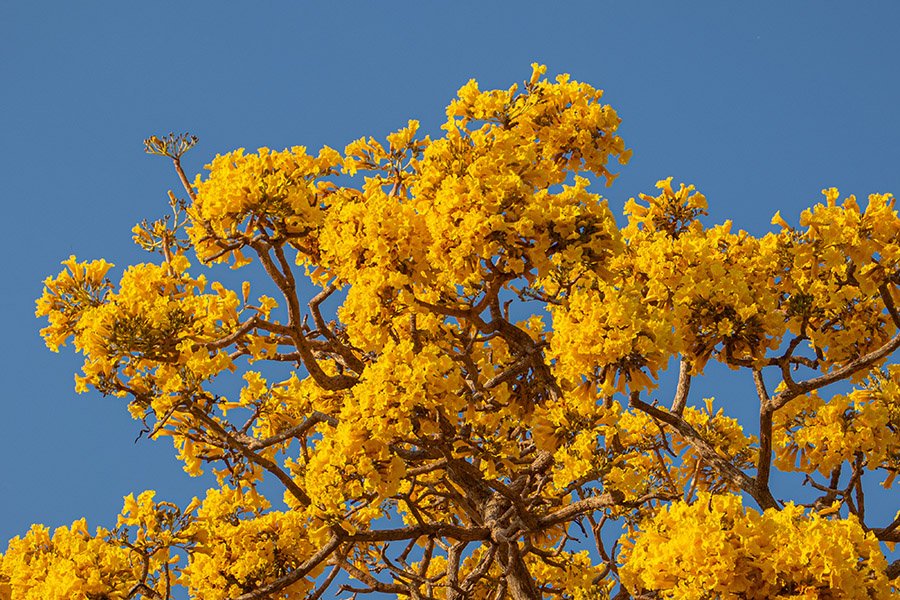
Interesting Facts About The Golden Trumpet
- One unique feature of the Golden Trumpet tree is that it sheds its leaves just before it blooms. This creates a stark contrast between its bright, golden flowers and its bare, leafless branches, making the blooming period a remarkable sight.
- The wood from the Golden Trumpet Tree is extremely dense and resistant to disease and rot. Because of these characteristics, it’s often used in construction and carpentry.
- In traditional medicine, parts of the Golden Trumpet Tree are used to treat various ailments. Its bark, in particular, has been used in the treatment of tumors, inflammations, and bacterial infections.
- The Golden Trumpet tree’s blooming coincides with Brazil’s Independence Day, which adds to the tree’s cultural and symbolic significance.
How to Grow The Golden Trumpet
Growing a Golden Trumpet Tree requires specific conditions, but with the right care, these trees can thrive and become a stunning addition to any landscape. Here’s how to grow a Golden Trumpet Tree:
- Location: Choose a location with full sun exposure. Golden Trumpet Trees require plenty of light to flourish.
- Soil: These trees prefer well-draining soil. While they’re adaptable to a variety of soil conditions, they won’t do well in waterlogged soils.
- Watering: Golden Trumpet Trees are highly tolerant of drought conditions. However, regular watering during dry periods can promote healthy growth. Make sure not to overwater, as this can lead to root rot.
- Pruning: Pruning can be done to maintain the tree’s shape and remove dead or damaged branches. It’s best to prune just after the tree has finished blooming.
- Fertilizer: Golden Trumpet Trees don’t generally require fertilizer. However, a slow-release fertilizer can be applied in the spring to promote growth.
Remember, it’s always best to consult with a local horticulturist or arborist to understand the specific needs of Golden Trumpet Trees in your region.
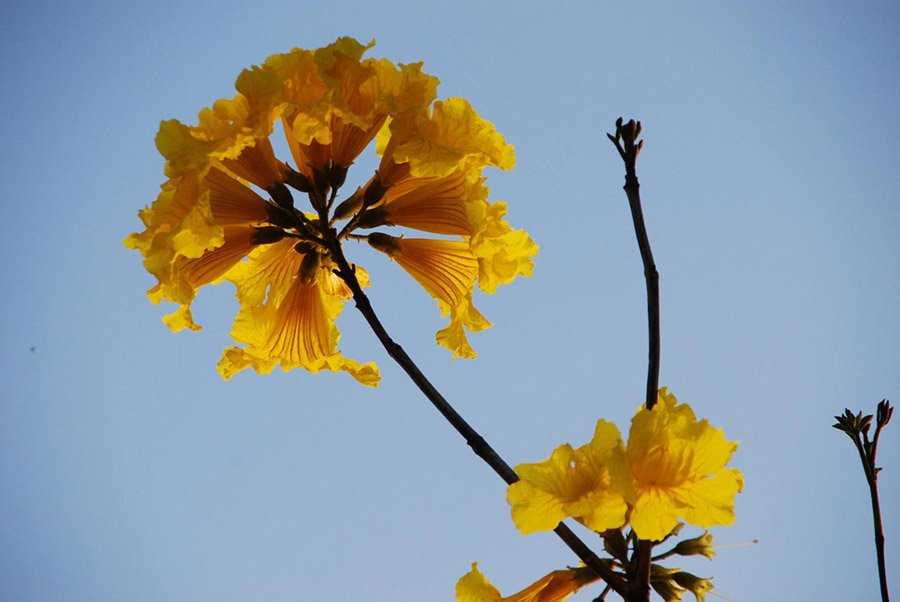
Other Beautiful Flowers Found in Brazil
Brazil’s rich biodiversity and varying climates make it home to an astounding array of stunning flowers, each with its own unique charm. Here’s a quick overview of a few others:
- Orchids: With over 3,500 different species, orchids are a significant part of Brazil’s flora. They are found in almost all regions of the country, from the humid Amazon to the cooler, mountainous regions.
- Bromeliads: These are a group of tropical plants known for their striking forms and vibrant colors. The Pineapple, a well-known bromeliad, is of great economic importance in Brazil.
- Passion Flowers: Known as “Maracuja” in Portuguese, Passion Flowers are native to Brazil and are recognized for their intricate, unique structures.
- Bougainvillea: Known as “Primavera” in Brazil, Bougainvillea is a hardy vine that flourishes in Brazil’s tropical climate, blooming with vibrant colors that decorate homes, parks, and streets.
Final Thoughts
The Golden Trumpet, or “Ipe-Amarelo,” is much more than just a tree to Brazilians. It’s a symbol of their resilience, their joy, and their unity. Its blooming coincides with their national day, further elevating its status in their hearts. As the country continues to grow and evolve, the Golden Trumpet remains a beautiful, steadfast symbol of the nation’s character and spirit.
We hope you’ve enjoyed learning about the Golden Trumpet and other beautiful flowers of Brazil.
